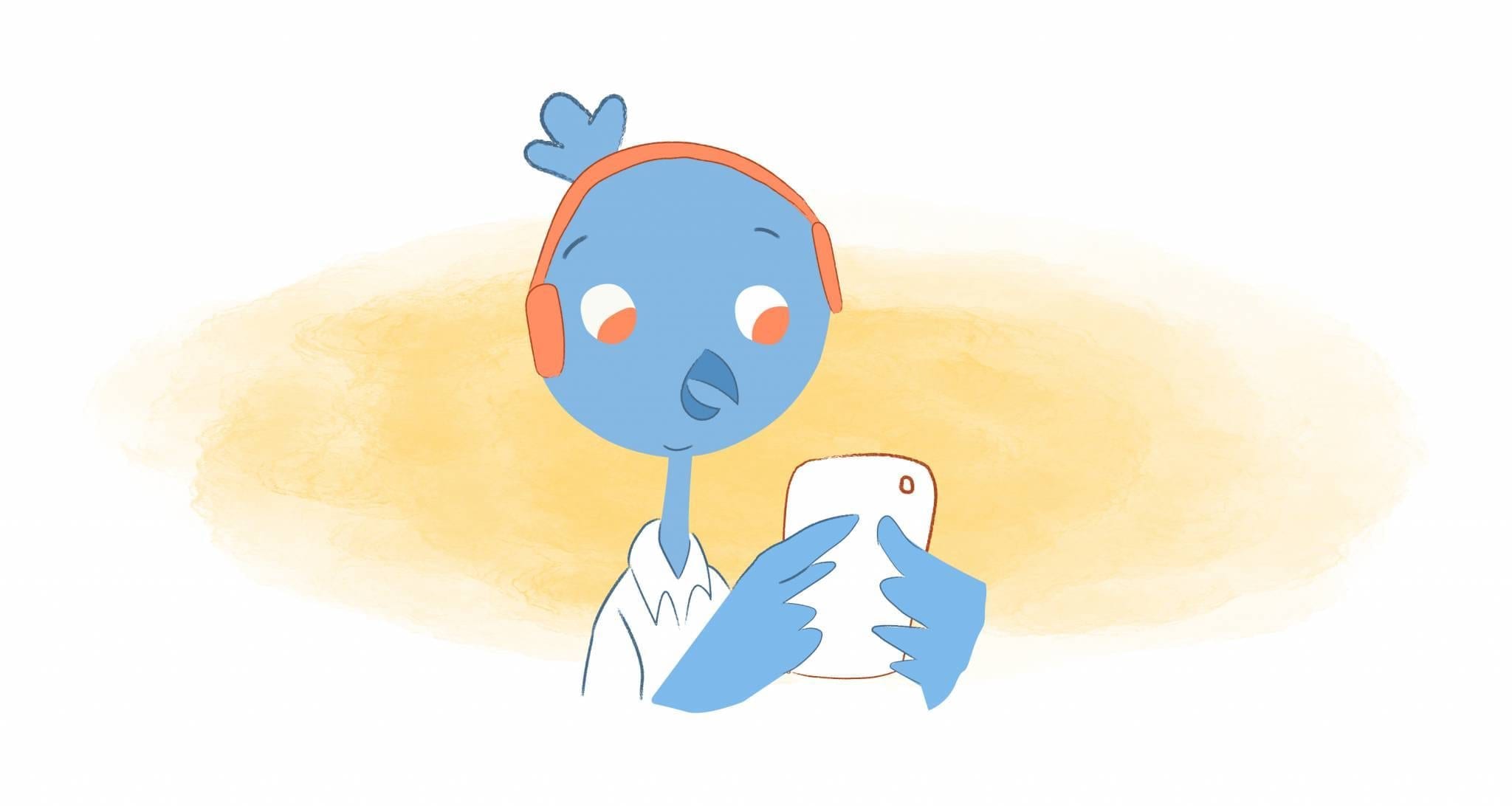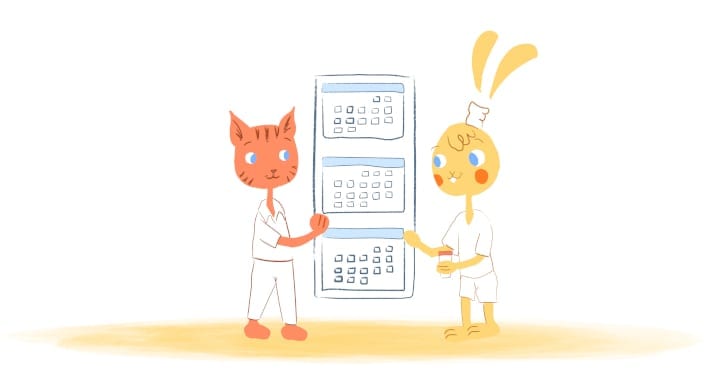

There’s a misconception that the term millennial means any young person. That couldn’t be further from the truth. For the uninitiated, millennials were born between 1981 and 1996. That means they’re already in the workplace. And, they’re probably doing adult things like owning a home.
Generation Z, also referred to as Digital Natives or the iGeneration, are the younger counterparts to millennials. They were born between 1997 and 2012. As such, the oldest members of this generation are 23 years-old. That means they’re just entering the workplace.
While there are certainly similarities between millennials and Gen Z, there are stark differences. Typically, Gen Z is more competitive and entrepreneurial. And, they’re more oriented toward salary and security.
But, the biggest difference is that Gen Zers are extremely tech-savvy. That shouldn’t come as a surprise. After all, they don’t know a world without tech like the internet or smartphones.
Some might argue that this puts Gen Z at a disadvantage. But, I beg to differ. I think it’s a valuable asset that could help carry a load of previous generations in the following six ways.
1. Forget work-life balance; it’s all about blending.
Who doesn’t want to maintain a healthy balance between work and life? In my opinion, it’s the new American Dream. After all, this can increase happiness, reduce stress, and prevent burnout.
However, depending on your generation, the definition of work-life balance will vary. For Boomers, this wasn’t’ really a thing. Gen Xers use PTO to spend time with their families or use telecommunicating. And, millennials want a workplace that supports their lifestyles.
As for Gen Z? They aren’t obsessed with work-life balance. Instead, they’re blending their work and personal lives — as opposed to separating them.
According to a Gen Zer and consultant Jonah Stillman, this is “The most outdated model.” He adds, “as everyone knows, work isn’t really even a place anymore. “It lives on our phones,” watches, and computers.
“Gen Z will push for a model called ‘work-life blend,’” states Stillman. Here “we know that work in life happens 24 hours a day, seven days a week.” And this is possible since we live in the “phigital world” — a blend of the physical and digital worlds.
While you should promote flexibility and autonomy, you should also stress the importance of not always being on. Some suggestions would be capping workweek expectations, establishing after-hours communication policies, and helping them determine what’s urgent. You might also want to encourage them to go on a tech detox.
2. Streamlining communication and collaboration.
While Gen Z may not mind working independently, they do strive for opportunities to work with others. And, technology has made this even more convenient.
Group chats like Slack and Fleep allow your team to communicate in real-time. In turn, this prevents miscommunication, And it also minimizes those time-consuming email threads.
But, don’t be afraid to embrace mobile apps like Discord or GroupMe as well. If you’re not familiar with them, just know that Gen Z is. And, they’re using these apps to stay-in-touch and collaborate with each other.
3. The demand feedback — in real-time.
Previous generations are accustomed to annual performance reviews. For the iGeneration, this won’t fly. In fact, 66% of them demand multiple check-ins from their supervisors every few weeks — if not weekly.
What’s more, they prefer face-to-face interactions. Of course, that’s asking a lot for leaders who already have a full plate. But, that’s why technology can come into play.
Time tracking or project management software can automatically track KPIs, identify time drains, and even pinpoint distractions. You can then share these analytics with your Gen Z team so that they can improve. And, if you aren’t comfortable using these tools, let them tinker around with them and show everyone else how they work.
Moreover, don’t get too hung-up on face-to-face interactions. If you can’t meet in person, then virtual options will suffice. “My generation would consider this face-to-face communication.,” explains Stillman. “FaceTime communication, Skype, Google Hangout, you name it.”
“If I can see you, you can see me, and we can hear each other, that’s face-to-face communication,” he says. “We see no difference between the two worlds because we can operate seamlessly and both either different at different times or simultaneously.”
Even better? AI learning tools like Calendar will make this a recurring event. How? It reviews your past schedules and makes smart suggestions on when, where, who, and what needs to be discussed.
4. They can multitask the right way.
“If you thought your millennial employees were easily distracted, always flipping between texts and emails, just wait until you start working with members of Gen Z!” notes entrepreneur and Forbes Leadership writer Deep Patel. Since they’ve “always lived in a connected world” and are “used to constant updates from dozens of apps. Switching between different tasks and paying simultaneous attention to a wide range of stimuli comes naturally to them.”
While multitasking isn’t ideal for everyone, this can be a plus. For example, this skill is needed for programmers, engineers, coordinators, or supervisors. So, “if you see them looking at their phone during work hours, don’t assume that will distract them for ages — they’re used to spending five seconds checking for updates before returning to the task at hand,” adds Patel.
5. Using technology to stop productivity killers.
Unlike older generations, Gen Z has a wide range of tools to automate tedious business tasks that hinder productivity. Examples include:
- Scheduling appointments, as already mentioned, with tools like Calendar.
- Mastering to-do-lists with Focuser. It’s a tool that will place your priorities onto your calendar.
- Keeping your inbox in-check. Sanebox can unsubscribe you from unnecessary emails, or you can create canned responses.
- Posting to social media. Schedule content in advance or use chatbots for immediate responses.
- Filling out online forms. Tired of filling out your contact information? Tools like Roboform will automatically fill out forms for you.
- Backing-up data so that you never lose important information.
- Recruiting and hiring talent by screening candidates.
- Creating proposals that can also be coordinated with sales, marketing, and legal.
- Documenting and collecting electronic signatures.
- Sending out bill reminders or setting-up recurring invoices.
- Tools like HubSpot can capture and nurture leads for you.
- Sales and marketing efforts, such as reminding customers about their abandoned cart.
- Interacting with customers or addressing inquires in real-time.
- Updating contact information
6. They have a thirst for knowledge and learning.
Did you know that Gen Z has the honor of being the most highly educated generation? When you think about that, it does make sense. After all, these digital natives have always had limitless information at their fingertips, such as:
- Coursera
- Udemy
- Khane Academy
- LinkedIn Learning
- MIT Open Courseware
- Code Academy
- TED Talks
- Skillshare
- Duolingo
- Coach.me
- Podcasts
- Audible
As you can see, whatever they want to learn, it’s easily accessible for them to obtain. Best of all? It’s affordable, and it enables real-time learning.
Encourage your Gen Z team to keep using technology to expand their horizons. And you may also want to create Wikis or instructional videos that can refer to whenever they have a question. Not only does this empower self-service, but it’s also going to save everyone a ton of time.











Albert Costill
My name is Albert Costill and I'm a content marketer at Calendar. If I can help people become more productive in my journey, even better. If you ever have a question about your Calendar or how you can use it - - don't hesitate to reach out. I'm a Calendar Pro.